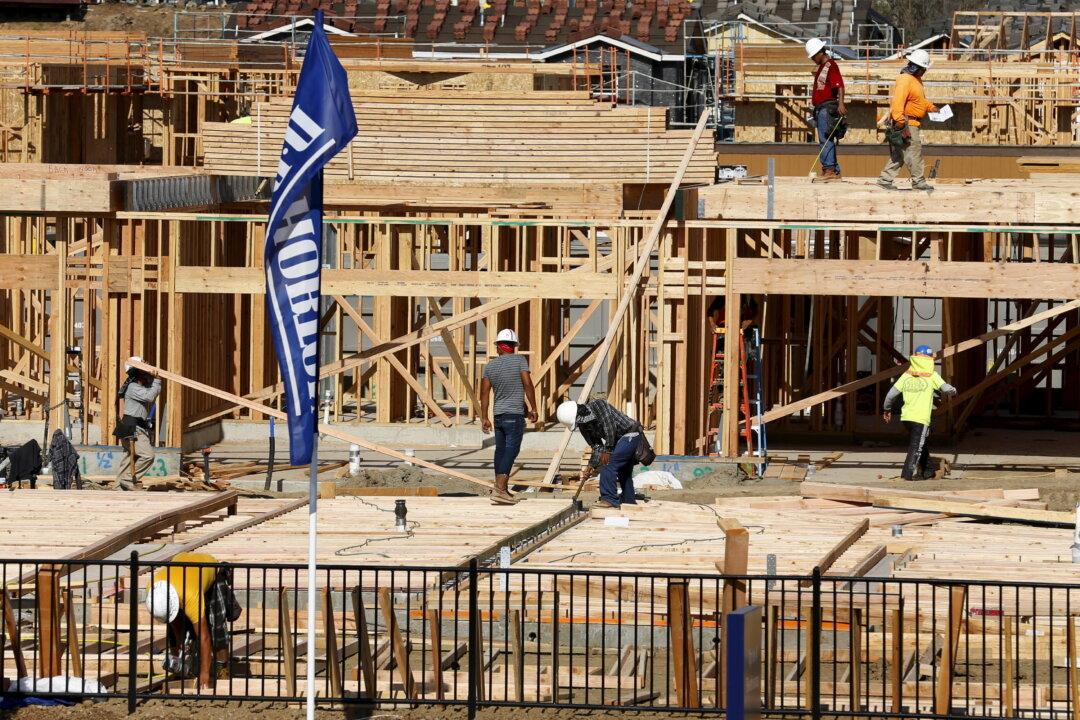California’s Latino residents are paying the price for the state’s high cost of living, climate agenda, and educational shortcomings, according to a new report from Chapman University’s Center for Demographics and Policy.
“Latinos’ elected officials are actually pushing policies that hurt them economically,” Soledad Ursúa, principal at Orinoco Equities and principal researcher for the report, told The Epoch Times April 11. “Latinos need to realize that they need to vote for their own economic interests, and their elected officials are clearly not representing them right now.”





